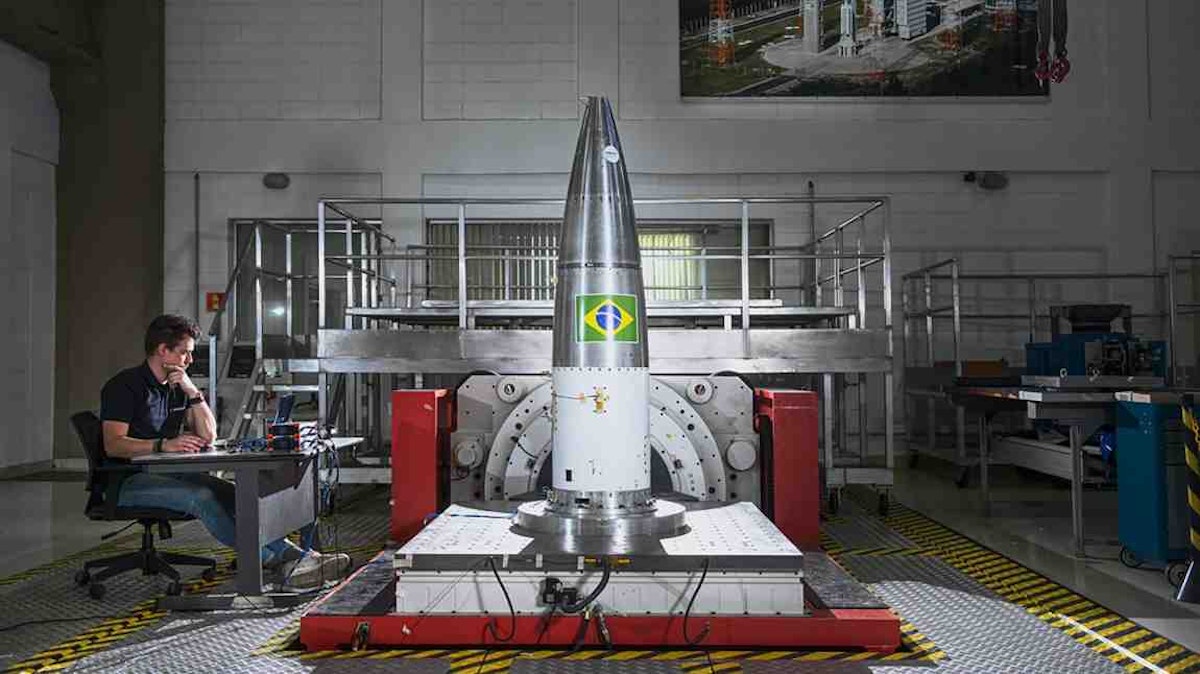Table of contents
Browse categories
Browse authors
 AB
ABAlberto Boffi
 AL
ALAlessia Longo
 AH
AHAl Hoge
 AB
ABAljaž Blažun
 BJ
BJBernard Jerman
 BČ
BČBojan Čontala
 CF
CFCarsten Frederiksen
 CS
CSCarsten Stjernfelt
 DC
DCDaniel Colmenares
 DF
DFDino Florjančič
 EB
EBEmanuele Burgognoni
 EK
EKEva Kalšek
 FB
FBFranck Beranger
 GR
GRGabriele Ribichini
Glacier Chen
 GS
GSGrant Maloy Smith
 HB
HBHelmut Behmüller
 IB
IBIza Burnik
 JO
JOJaka Ogorevc
 JR
JRJake Rosenthal
 JS
JSJernej Sirk
 JM
JMJohn Miller
 KM
KMKarla Yera Morales
 KD
KDKayla Day
 KS
KSKonrad Schweiger
Leslie Wang
 LS
LSLoïc Siret
 LJ
LJLuka Jerman
 MB
MBMarco Behmer
 MR
MRMarco Ribichini
 ML
MLMatic Lebar
 MS
MSMatjaž Strniša
 ME
MEMatthew Engquist
 ME
MEMichael Elmerick
 NP
NPNicolas Phan
 OM
OMOwen Maginity
 PF
PFPatrick Fu
 PR
PRPrimož Rome
 RM
RMRok Mesar
 RS
RSRupert Schwarz
 SA
SASamuele Ardizio
 SK
SKSimon Kodrič
 SG
SGSøren Linnet Gjelstrup
 TH
THThorsten Hartleb
 TV
TVTirin Varghese
 UK
UKUrban Kuhar
Valentino Pagliara
 VS
VSVid Selič
 WK
WKWill Kooiker
Structural Testing of Rocket Nose Cone Using Sine Processing

At the Aeronautics and Space Institute (IAE), DCTA, structural dynamic tests, like sine processing, SRS, and modal analysis are performed as a part of the standard procedure on different components of rocket launch systems. In this case, the nose cone of a rocket was tested on a shaker using sine processing.
DewesoftX software improved the time efficiency and the quality of data acquired by supporting the real-time calculation through a designated sine processing user interface.

The Departamento de Ciência e Tecnologia Aeroespacial (DCTA), the Brazilian Department of Science and Aerospace Technology is located in São José dos Campos – the largest Aerospacial Complex in all of Latin America.
DCTA functions as the Brazilian national military research center for aviation and space flight and is subordinated to the Brazilian Air Force (FAB) and coordinates all technical and scientific activities related to the aerospace sector involving the interests of the Ministry of Defense.
Testing took place at Instituto de Aeronaútica e Espaço (IAE), the Aeronautics and Space Institute. This institute develops and executes projects in the aeronautical, airspace, and defence sectors, and is co-responsible for the execution of the Brazilian Space Mission.
The problem
The nose cone tested in this particular structural test plays an important role in R&D activities conducted for TEXUS missions - a sounding or research rocket program, serving the microgravity programs of the European Space Agency (ESA) and Deutsches Zentrum für Luft- und Raumfahrt e.V. (DLR), the German Aerospace Center.
The IAE part of the TEXUS missions focuses primarily on the development of the launch systems intended for and facilitating the exploration of the properties and behaviour of materials, chemicals, and biological substances under weightless conditions (micro gravitation). Each launch provides around six minutes of microgravity.
In this case, IAE needed to measure the resonance frequencies of their rocket nose cone in order to avoid operation in these frequencies, which could compromise the structural integrity and potentially cause mission failure.
They needed a reliable data acquisition system capable of tracking and computing the defined range of responses and transfer functions in real-time.
Sine processing and sine reduction test case
Sine processing is a tool to perform structural tests on large structures. Such a testing approach is widely used for design validation and qualification in the aerospace industry, and typically, hundreds of input channels are required.
By definition, there is no room for error, all structures utilized during a mission must be carefully tested beforehand to ensure proper operation and uncompromised structural integrity.
The evaluation of such large structures is done by exciting them with a sweep of single frequencies on a shaker. Sine Sweep Vibration Testing traverses or sweeps from low to high frequency or vice versa. It is used to identify resonances inside the range of the sweep by comparing the response vibrations of the product to the vibrations on the shaker table.
As desired output, sine processing returns the following:
structural resonance frequencies,
amplitudes,
phase,
total harmonic distortion (THD) of response and also
transfer functions between excitation and response points.
In order to evaluate the structure under test in the frequency domain, it is important to accurately extract these parameters from the sinusoidal signal.
Sine processing uses a Constant Output Level Adaptor (COLA) signal to calculate instantaneous frequency and then extracts amplitude and phase from the accelerometers at that frequency. The COLA signal output synchronizes the shaker control system with the DAQ system.
At IAE/DCTA the DewesoftX data acquisition software – with the sine processing plugin - and the Dewesoft SIRIUS data acquisition system was used for the data acquisition.
The sine processing test runs by synchronizing the Dewesoft data acquisition system with the vibration shaker controller (3rd party). The Dewesoft sine processing tool performs one of the two methods of frequency detection:
Acquired signals from accelerometers placed on the rocket nose cone are measured together with sweep frequency which is detected from the COLA signal. They are then computed in real-time to provide detailed insight into the structure’s response to excitation.
Test and measurement setup
To ensure results relevant for the customer, it was important to perform a sine sweep test from 25-1000Hz, which is the typical frequency range of vibration which a rocket nose cone will undergo during transport, launch, and flight.
For the data acquisition, we were using a system with two SIRIUSi-HD-16xACC slices. The DAQ system offered 32 IEPE accelerometer inputs in total. The same DAQ system also enables IAE/DCTA to perform other measurement tasks and also offers an easy way to extend the input channel count. Additional inputs like IEPE, voltage, temperature, strain gage, and others can be added easily to form a high channel count system when needed.
To showcase the Dewesoft sine processing solution's true power, we were running also 1/3rd octave analysis and true FFT with 4096 lines resolution (the selectable line resolution allows up to 64.000 lines) simultaneously with sine processing on all 31 channels. The only exception being was the input channel used for the COLA signal from the vibration shaker controller.
The sine processing itself runs inside DewesoftX DAQ software, including the ability to connect and measure other useful parameters, such as environmental conditions of the test or include high-speed video to observe how DUT is moving during the test.
8 triaxial accelerometers were attached to the nose cone structure (outer dimensions fi 874mm x 1830mm) in configuration to obtain the best possible desired results.
For the test, we were using five Brüel & Kjaer triaxial accelerometers and three PCB accelerometers. Seven accelerometers were placed along with the shape of the structure, and serving as a reference one PCB triaxial accelerometer was placed on the adapter attaching the nose cone to the shaker table.
One analog input on our two SIRIUSi-HD-16xACC was used to connect the COLA voltage signal for frequency detection of the sweep transmitted from the shaker controller to the shaker and exiting the structure.
The SIRIUS DAQ systems also include two very important technologies that bring measurements and data acquisition to the next level:
DualCoreADC
Galvanic isolation
DualCoreADC - high dynamic DAQ
SIRIUS DAQ amplifiers use two 24-bit AD converters for signal conditioning. The SIRIUS is achieving an astonishing 160 dB dynamic range in time and frequency domain with a 200 kHz sampling rate per channel.
Galvanic isolation
The DAQ system also offers high channel-to-channel and channel-to-ground isolation which prevents unwanted noise, offers the best signal quality and prevents damage to the systems from excessive voltage and avoids ground loops.
The device under test was excited in the direction of the shaker table movement and our coordinate system was placed correspondingly so that the y-axis was aligned with the axis of excitation.
IAE/DCTA was already using a designated system for the tests and was handling all the transfer function calculations in post-processing. The Dewesoft sine processing plugin is able to handle the calculation of transfer functions, phase, RMS, Peak and a lot of other parameters in real time.
Test conclusion
Dewesoft sine processing solution coupled with the powerful SIRIUS data acquisition system is able to perform testing of large structures in real-time on an unlimited number of channels.
Additional calculations, not selected to be performed in real-time, can be performed in post-analysis using the time domain data that was stored during the measurement.
IAE Test engineer, Domingos Strafacci concluded:
The system is really easy to use and set up. It will save us a lot of time when performing this kind of crucial structural testing.
The measurement that took place, in this case, was only using a single of many nodes that would otherwise be building a larger system. It must be noted, however, that regardless of the number of channels the operational properties of the system will remain unchanged.
As DCTA research and development activities consist of many different projects, they are able to benefit greatly from the advantages of structural testing and the flexibility of the Dewesoft system, which can be used to perform many tasks such as road data vibration acquisition and GPS tracking of the route, modal analysis on the wing of a plane or SRS measurement during rocket stages separation test.
The IAE dynamic tests leader, Dr Edilson Camargo said:
As this system is very flexible it will enable us to tackle a variety of our day-to-day measurement tasks, not just sine processing. Through this, we will be able to optimize our cost expenditure.